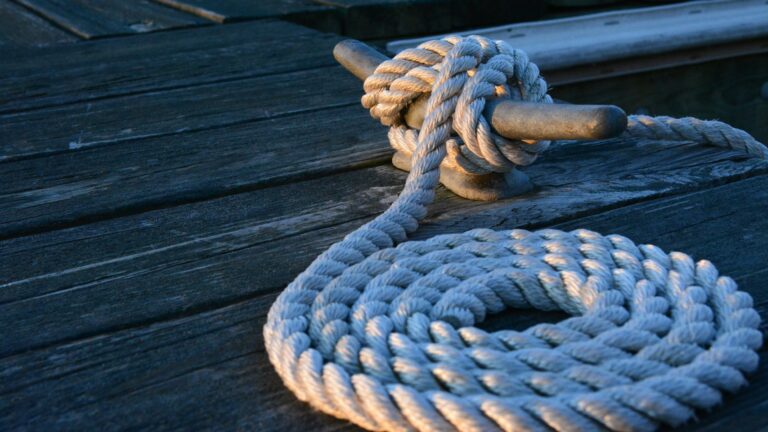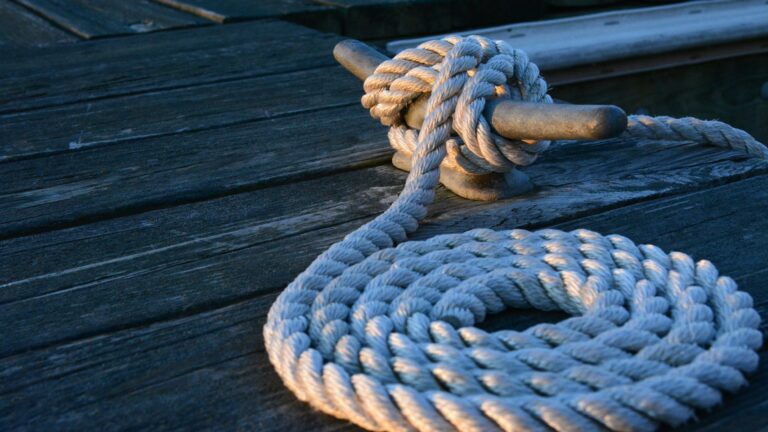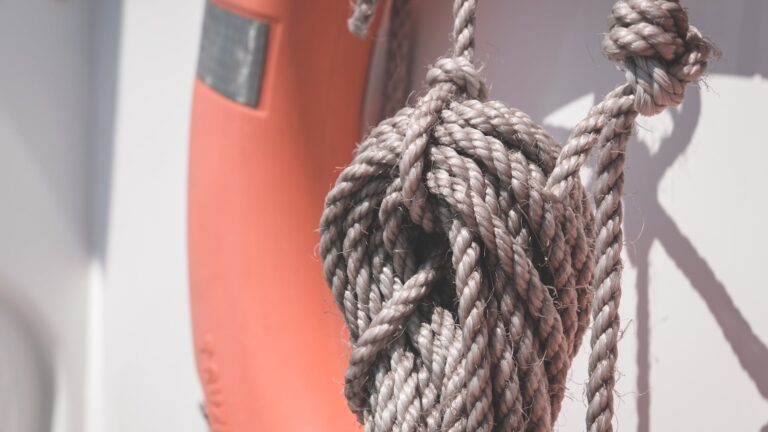What are the basic common parts of a nautical chart?
- Introduction
- Overview of Basic Nautical Chart Components
- Latitude and Longitude Scales
- Topographical Features
- Navigation Aids
- Magnetic Information
- Indications of Reefs and Shoals
- Water Depth
- Warning Notices
- Configuration of the Shoreline and Seafloor
- Conclusion
An Overview of a Nautical Chart
As a sailing expert, I’m often asked by new sailors what a nautical chart is and what its components are, so I’m here to provide an overview of the essential parts that make up this essential navigational aid for seafaring vessels. A nautical chart is a map-like representation of a body of water, providing important navigational data such as water depths, landmarks, and the configuration of the shoreline and seafloor in order to help seafarers safely navigate their way around the waters they are sailing in or near. The basic components that make up a nautical chart include latitude and longitude scales, topographical features, navigation aids such as lighthouses and radio beacons, magnetic information, indications of reefs and shoals, water depth, warning notices, and the configuration of the shoreline and seafloor – all important pieces of data for making sure your journey is safe and successful! Let’s take a look at each component in more detail to get a better understanding of how they work together to make up a nautical chart.
## Latitude & Longitude Scales
The latitude & longitude scales are the most basic components found on any nautical chart – without them you wouldn’t be able to accurately pinpoint your location or plan any sort of route on open waters! These scales come in two forms: the latitudinal scale which runs along the top or bottom edge of the chart; and the longitudinal scale which runs along either side (left or right) edge of the chart – making it easy to measure distances between points on the map with precision in terms of degrees latitude & longitude (e.g. 47°N/122°W).
## Topographical Features
Nautical charts also feature topographical features such as shorelines (including islands where applicable), beaches, rocks, shoals (shallow areas) or wrecks which can be used as reference points when navigating – allowing you to easily identify landmarks in order to stay on course! Additionally these features may be marked with symbols in order to help identify them more quickly (e.g. an icon for an island or a buoy).
## Navigation Aids
Navigation aids are essential components found on any nautical chart as they can provide important information about your location such as lighthouses/buoys/beacons/radio towers etc – all essential features for helping you stay on course when out at sea! Additionally these navigation aids can also provide information about tides & currents which can be used when planning your journey & route – helping you avoid dangerous areas whilst still keeping you on track!
## Magnetic Information
Magnetic information is another essential component found on every nautical chart that every sailor needs to know about! This type of data gives sailors vital information about magnetic declination (the difference between true north & magnetic north) so that they can accurately adjust their compass readings accordingly – ensuring they stay on course when navigating across open waters! Additionally magnetic information can also provide valuable information about local magnetic anomalies which can help sailors identify potentially hazardous areas before they enter them – making sure their journey remains safe & successful!
## Indications Of Reefs & Shoals
Reefs & shoals are easily identified when looking at a nautical chart thanks to their distinct colouring which helps indicate their presence even from afar – this makes it easy for sailors to spot potential dangers before entering them! Additionally some charts may also feature symbols indicating areas where there is greater potential for coral reefs & shallow waters so that sailors can easily identify these areas before entering them – helping keep everyone onboard safe during their journey!
## Water Depth
The depth contours found on most nautical charts give sailors an indication as to how deep certain parts of the body water are so that they can avoid any potential hazards such as shallow waters or rocks that may lurk beneath the surface – essential for avoiding any unnecessary damage caused by running aground! Additionally this data can also be used when planning routes in order to ensure maximum safety whilst still staying on track during your journey across open seas!
## Warning Notices
Warning notices are another important component found on most nautical charts as they alert sailors to potential hazards ahead so that they can take necessary precautions before entering into those areas (e.g military exercise zones). These notices typically come in two forms: ‘caution’ notices which alert sailors to potential dangers such as rocks/shallow waters etc; and ‘warning’ notices which alert sailors to potentially hazardous activities taking place nearby (e.g military exercises). By always paying attention to these warnings, sailors can ensure everyone onboard stays safe during their journey across open waters!
## Configuration Of The Shoreline And Seafloor
The configuration of both the shoreline and seafloor is another important component found on most nautical charts as it provides vital information about both land masses/islands & underwater features such as reefs/wrecks etc so that sailors know what lies ahead before entering into those areas (e.g shallow waters/rocks) – making sure everyone onboard remains safe during their voyage across open seas! This data is typically presented using contour lines so that even from afar you can get an indication as what lies beneath your vessel’s hull before venturing into unknown territories.
## Conclusion
In conclusion, Nautical Charts have numerous components that help keep seafarers safe during their travels across open seas including latitude & longitude scales; topographical features; navigation aids; magnetic information; indications of reefs & shoals; water depth; warning notices; and configuration of both shorelines & seafloors etc… Being aware of all these components will help ensure your journey remains safe & successful whilst still allowing you plenty of time for exploration along the way too!







